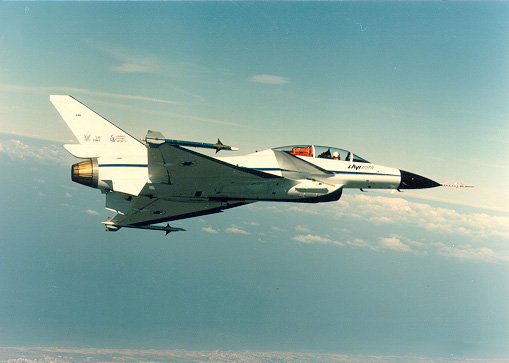Pakistan’s move to equip its J-10C fighter jets with China’s PL-17 ultra-long-range air-to-air missile has emerged as a significant concern for India’s air defence network. The missile, believed to have an engagement range of around 300-400 km, is specifically designed to neutralise high-value airborne assets such as AWACS, mid-air refuelling tankers, and electronic-surveillance platforms – the backbone of India’s network-centric air operations.
Defence analysts note that the PL-17 provides Pakistan with a stand-off strike capability that could challenge India’s ability to maintain persistent air dominance along the western sector. Since AWACS aircraft form the “eyes and ears” of the Indian Air Force, the possibility of them being targeted from deep inside Pakistani territory represents a major shift in the tactical environment.
The J-10C fleet, already equipped with advanced AESA radar and modern electronic warfare systems, gains an additional edge with the PL-17, often described as an “AWACS killer.” This capability allows Pakistan to threaten critical Indian assets long before they are able to respond, potentially reducing India’s radar coverage and compromising its early-warning advantage.
For India, the development may necessitate doctrinal adjustments, including repositioning AWACS units further from the border, enhancing protective fighter escort formations, and accelerating the induction of longer-range missiles capable of countering enemy stand-off platforms. The integration of stronger electronic warfare suites and decoy systems may also become essential to safeguard airborne command-and-control aircraft.
Strategic observers believe that the PL-17 deployment signals deeper China-Pakistan military coordination and marks an evolving phase where long-range air-to-air missiles play a decisive role in shaping deterrence. India’s response is expected to include both operational readjustments and technological upgrades, with an emphasis on maintaining its advantage in the increasingly competitive aerial arena.
